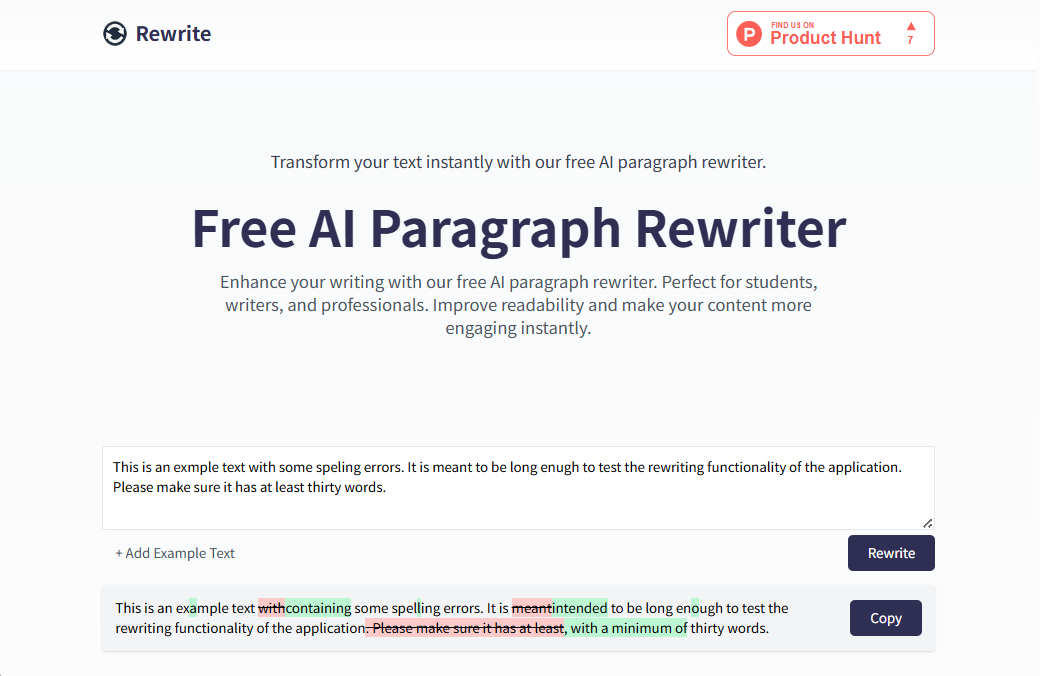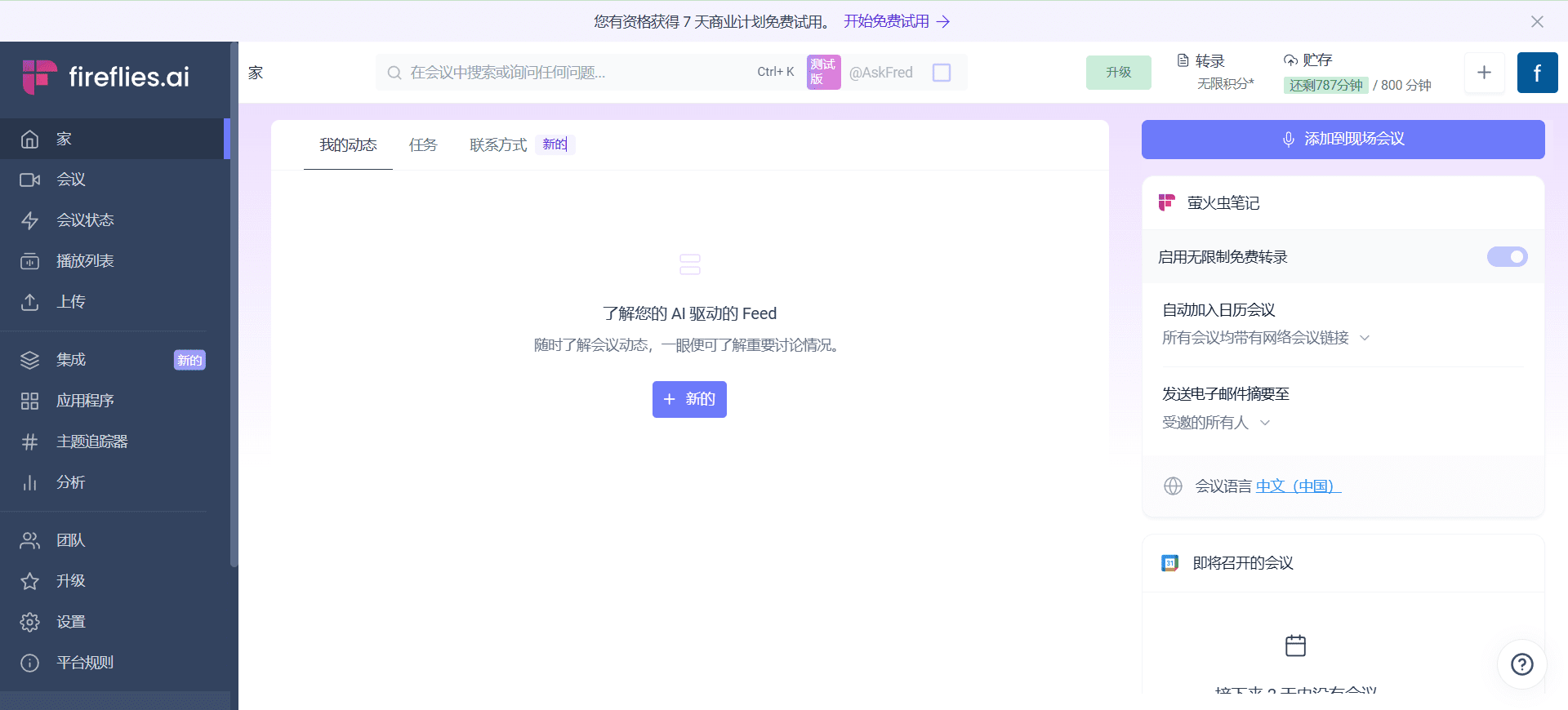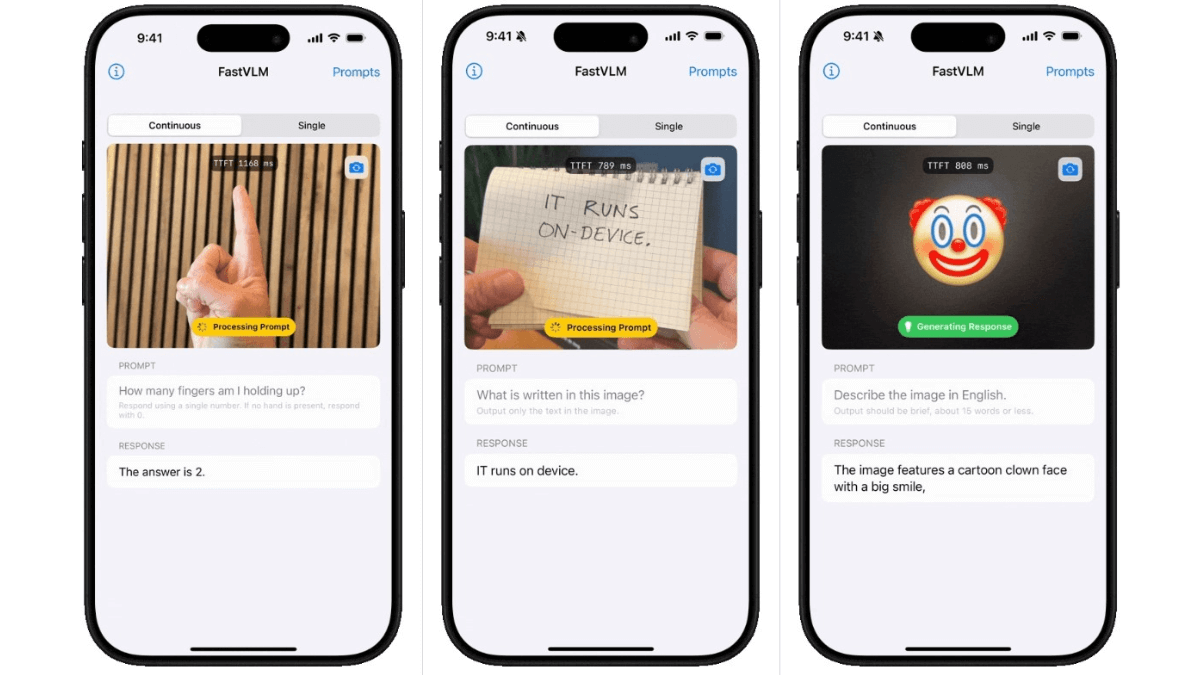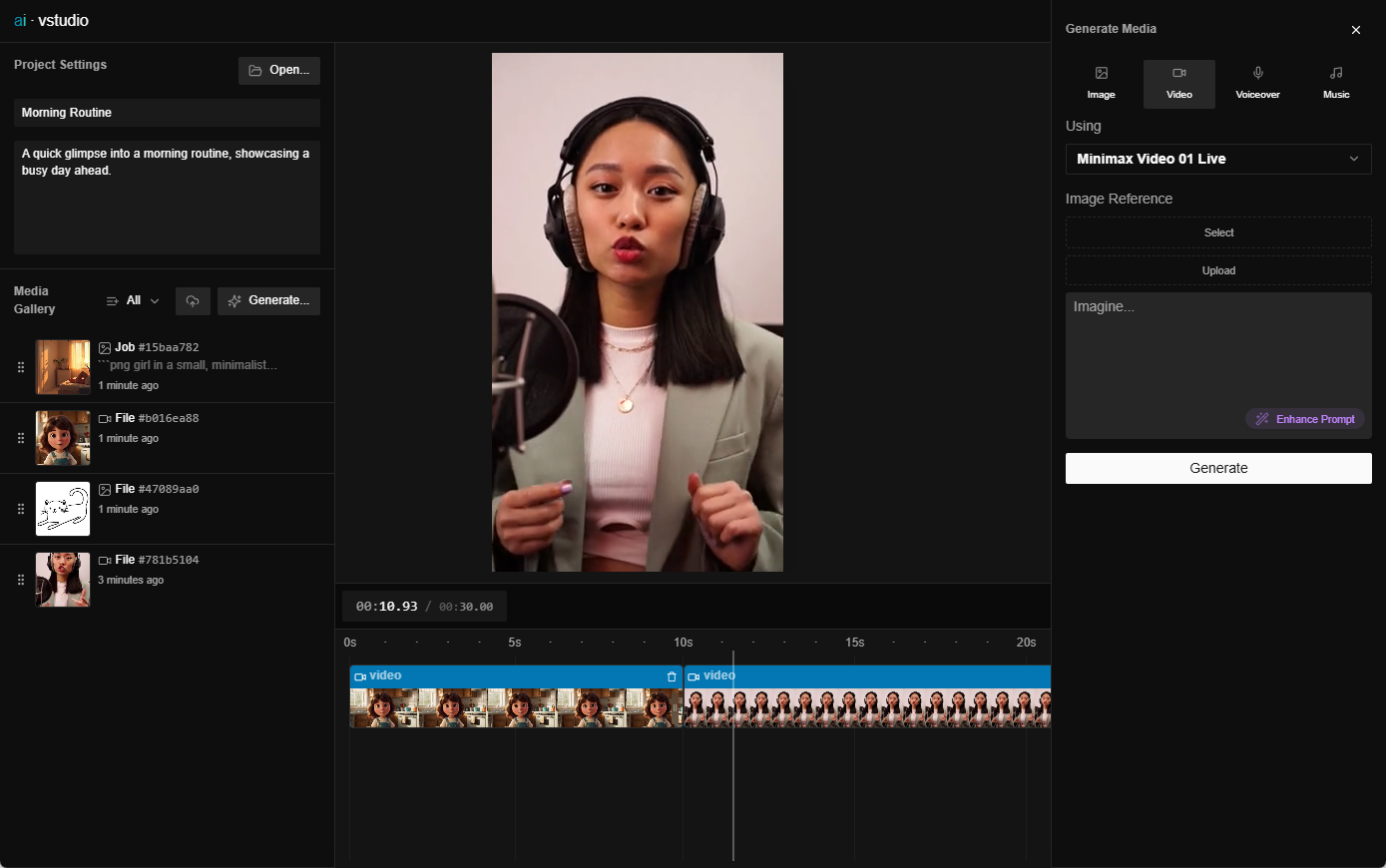Qwen-TTS - Speech Synthesis Model launched by Ali Tongyi Qianqian
What is Qwen-TTS
Qwen-TTS is an advanced speech synthesis model introduced by Ali Tongyi. Qwen-TTS is an advanced speech synthesis model launched by AliTongyi, which can efficiently transform text into natural and smooth speech, and supports multiple languages and dialects, such as Mandarin, English, and Beijing dialect, to meet the needs of different regions and scenarios. Relying on massive corpus training, the model's voice output is of high quality and has a natural rhythm, comparable to that of a real person. qwen-TTS has a streaming output function, which can realize the playback of voice while receiving text, greatly improving the interaction efficiency, and is suitable for intelligent customer service, online education, intelligent navigation and other scenarios.
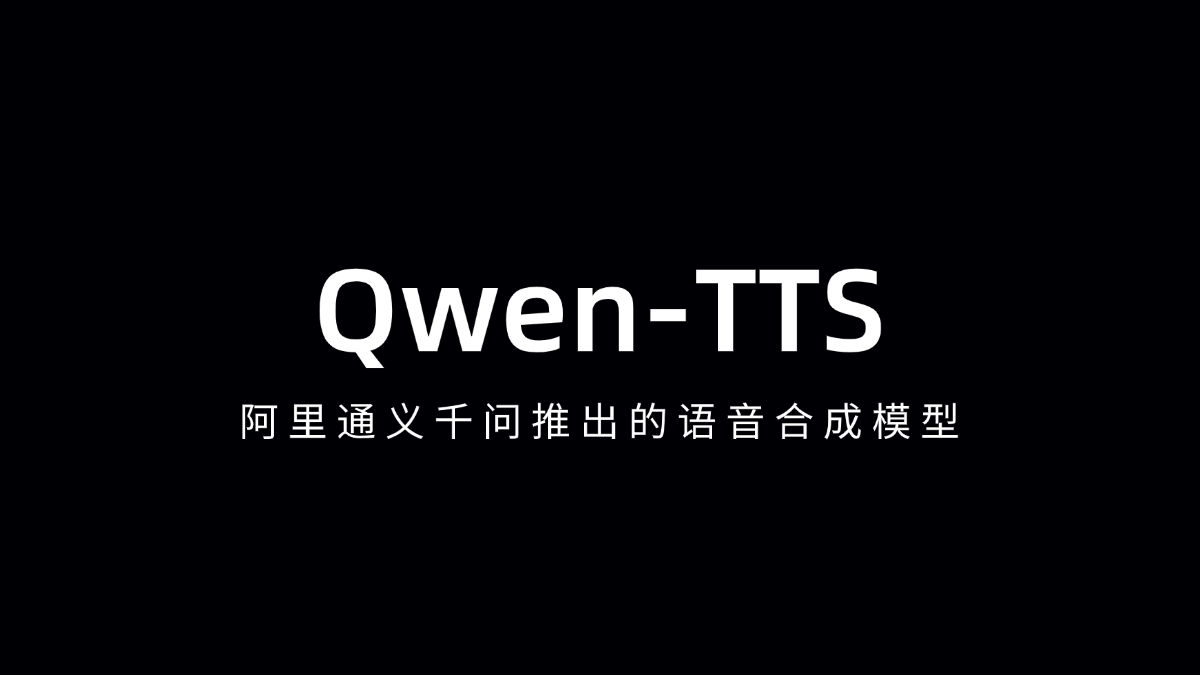
Main functions of Qwen-TTS
- Multilingualism and dialect synthesis: The model supports Chinese and English, and supports synthesizing a variety of dialects, like Beijing dialect, Shanghainese, Sichuan dialect, etc., to meet the language needs in different regions and scenarios.
- Variety of Tone Options: Provides a variety of tones for users to choose from, including voices of different genders and styles, such as gentle female voices, calm male voices, etc., and can also customize personalized tones to fit various specific scenarios according to demand.
- High quality audio output: Supports wav format audio output at 24kHz sampling rate to ensure audio clarity and naturalness, providing users with a high-quality listening experience.
- Streaming output capabilityIt is equipped with audio streaming output function, which can play voice while receiving text, especially suitable for real-time voice interaction scenes, such as intelligent customer service, intelligent assistant, etc., which greatly improves the real-time and smoothness of interaction.
- Flexible access: It supports Python, Java, HTTP and other access methods, which is convenient for developers to integrate according to their own needs and technology stacks. Based on the simple and easy-to-use API interface, it can quickly realize speech synthesis functions and meet diversified development needs.
Qwen-TTS official website address
- Project website:: https://help.aliyun.com/zh/model-studio/qwen-tts
How to use Qwen-TTS
- Get API Key: Create Get API Key in AliCloud's DashScope console.
- Installing the SDKDashScope SDK: Called based on the DashScope SDK, you need to install the latest version of the SDK. DashScope Java SDK version must be no less than 2.19.0, DashScope Python SDK version must be no less than 1.23.1.
- Call API interface::
- Setting parameters: Set the synthesis statement (text), the target voice and the model version (model).
- initiate a request: Pass the above parameters and API Key to the Qwen-TTS service based on a call to the dashscope.audio.qwen_tts.SpeechSynthesizer.call method.
- Get Response: The service returns a response containing the audio URL. For example, Python sample code, audio_url = response.output.audio["url"] to get the audio link.
- Processing audio data::
- Download Audio: Based on the returned audio URL, download the audio file based on HTTP request (e.g. requests.get) and save it to the local specified path.
- Real-time playback (optional): If you need to play audio in real time, use an audio processing library (e.g. pyaudio) to stream the output audio data.
Core Benefits of Qwen-TTS
- High-quality speech synthesisThe voice generated is natural and smooth based on deep learning technology and large-scale corpus training, and supports audio output in wav format with 24kHz sampling rate to ensure high quality.
- Rich language and timbre support: Supports multiple languages, dialects and timbre choices to meet different geographical and personalized needs, and provides diversified timbre customization services.
- Efficient real-time streaming outputIt supports audio streaming output, playing voice while receiving text, and short first packet generation time, which is suitable for real-time interaction scenarios and improves user experience.
- Strong technology base: Modeling based on deep neural networks and attention mechanisms, trained with a corpus of over 3 million hours to ensure model diversity and robustness.
- Flexible access: Supports Python, Java, HTTP and other access methods, providing simple and easy to use API interfaces for developers to quickly integrate.
Who Qwen-TTS is for
- developers: Developers who integrate speech synthesis into their applications quickly realize speech synthesis with the API interface of Qwen-TTS, reducing development cost and difficulty.
- Enterprise Customer Service Team: Call centers and customer service teams implement automated voice response based on Qwen-TTS to improve customer service efficiency and customer satisfaction.
- educator: Online education platforms and educational institutions use Qwen-TTS to generate standardized speech demonstrations that support multiple languages and dialects and facilitate language learning.
- Media and broadcasting practitioners: News media and broadcasters quickly generate newscast voice, produce audiobooks, and enrich the form of content presentation.
- intelligent hardware manufacturer (i.e. company that makes smart hardware): Smart home and wearable device manufacturers provide voice interaction features for their products to support personalized tone customization and enhance the user experience.
© Copyright notes
Article copyright AI Sharing Circle All, please do not reproduce without permission.
Related posts

No comments...

